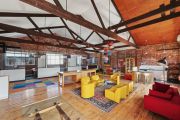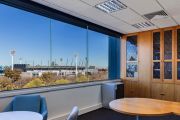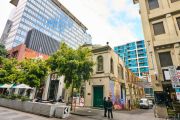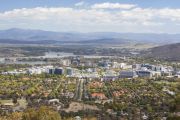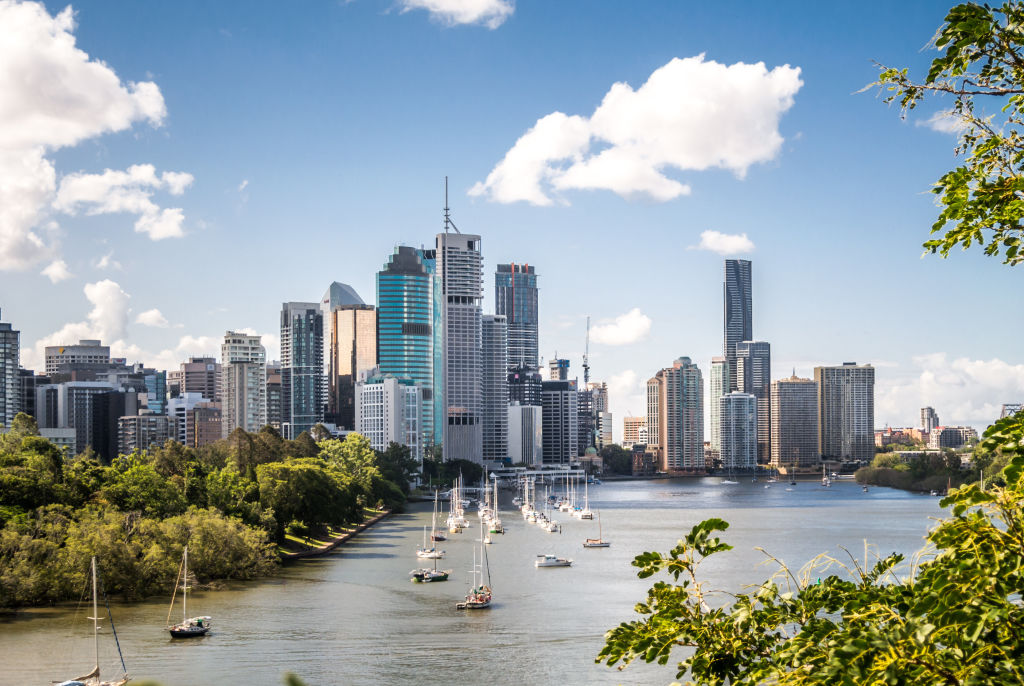
'War for talent' underpins Queensland's commercial leasing market
A push for quality buildings and fit outs from tenants who are looking to retain top talent is underpinning the Queensland leasing market, agents say.
JLL Queensland leasing director James Montague said the “war for talent has not subsided” in an evolving tenant market.
Big business was focused on attracting and retaining good staff, he said, which included offering a top-of-the-range work environment.
Employees were now expecting high-quality end-of-trip facilities, ground-floor food and beverage, “third spaces” such as breakout, green and lobby meeting areas, and even concierge services, he said.
“The primary driver for a business to move into a better space is to look after their existing workforce and become an employer of choice to potential candidates,” Mr Montague said.
“The change in morale you see from a workforce that have moved from a tired space into a fresh new environment is definitely material.”
Knight Frank senior director office leasing Campbell Tait said the recovery of the office market was well under way, with rents rising for prime and secondary grade assets, as well as tenant inquiry slowly strengthening.
Significant deals had also been secured from major tenants making the move from the fringe into the CBD, he said.
These included 40,000 square metres taken up by Origin, 8000 square metres by Allianz and 13,000 square metres from the state government in two separate deals.
“These tenants have taken advantage of the conditions in the city to relocate – in many cases moving back to the city after being forced out to the fringe – and negotiate longer-term deals,” Mr Tait said.
“While tenant demand in the CBD is clearly improving with more positive inquiry levels, deals are still taking a long time to transact. There is still significant stock on the market, which means tenants have choice and can afford to take time to make their decision.”
However, while there was a general improvement in the market, each CBD building was at a different stage of the cycle, with some performing better than others, he said.
Landlords that had recently upgraded their buildings were reaping the benefits of the market upswing.
“Going forward we believe A-grade buildings will continue to lead the charge, while in the B-grade market landlords will have to provide healthy incentives to attract tenants,” Mr Tait said.
Your Commercial’s Chris McLeod said demand for smaller tenancies of less than 200 square metres, as well as larger spaces above 800 square metres was strengthening.
However, supply was still generally outweighing demand, which meant landlords had to be creative to secure long-term tenancies.
“Landlords are looking at creative methods, including splitting their properties into smaller tenancies, introducing end-user products such as bike storage and showers, and shared facilities such as board rooms, meeting spaces, breakout spaces for staff and large kitchens,” he said.
“By splitting their properties, landlords are finding that they are achieving similar, if not larger, yields than prior tenancies.”
The flight to quality was also apparent in the industrial sector, said CBRE’s Peter Bull.
CBRE research shows that 64 per cent of leasing activity in 2017 – or about 920,000 square metres – was prime-grade stock.
“We are optimistic in terms of rental growth in Brisbane over the next two years, further enhancing the desire for investment-grade product,” Mr Bull said.
Shopping centres across the south east are responding to the threat of e-commerce by undertaking major refurbishments and changing their tenancy mixes, too.
According to JLL, eight of the 10 regional centres in south-east Queensland have undergone major refurbishments and extensions in the past five years.
